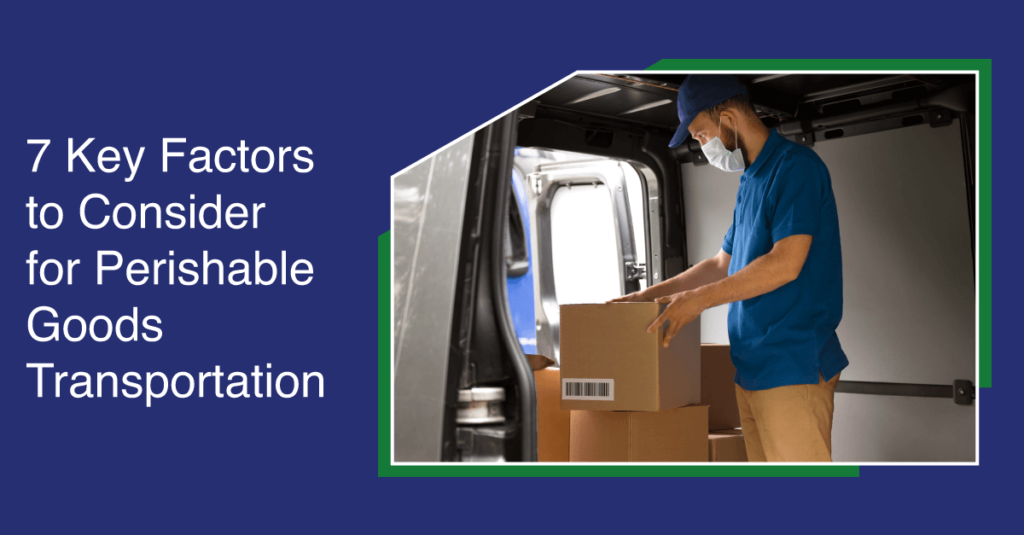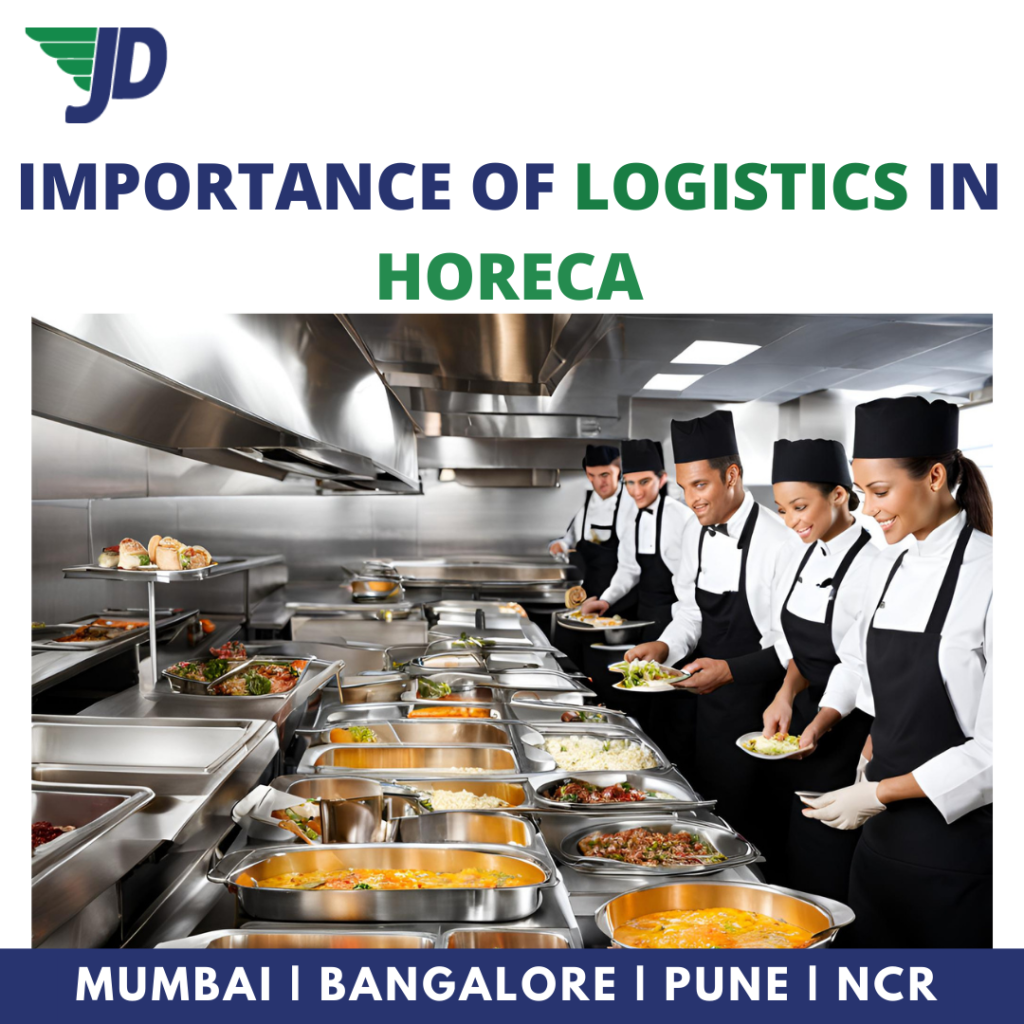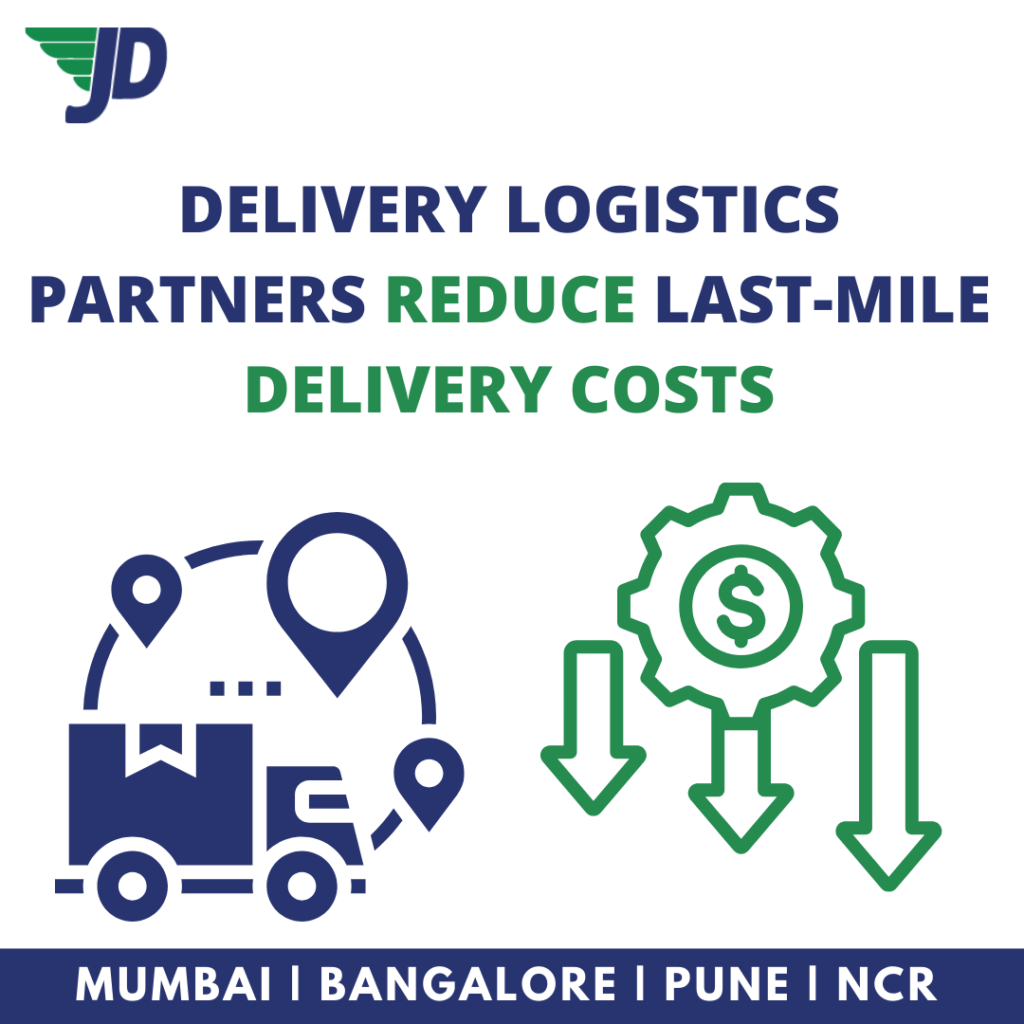Improvements in logistics and transportation technology have made transporting perishable goods easier than ever. This advancement has led to a rising demand for perishable goods delivered in less time. Customers expect their goods to be delivered quickly and in optimal quality every single time.
Meeting these expectations is crucial for businesses to stay competitive in the marketplace. Nevertheless, transport and logistics for perishable goods are complex processes and unexpected problems are bound to arise. The best thing you can do is take precautionary measures to optimise the transportation process of your perishable goods.
In this blog, we will define which goods come under perishable products, considerations for perishable goods delivery, and more.
A] What Are Perishable Goods?
According to the logistics industry, perishable goods are products which deteriorate in quality due to environmental factors and time. These goods include things like meat and meat by-products, seafood, dairy products, fruit and vegetables, flowers, pharmaceutical products, and chemicals. These products have a short lifespan and can become spoiled and non-consumable if not kept in proper condition. They can cause severe health issues if consumed after getting spoiled. As a result, it is necessary to keep them in excellent condition through the transit process.
Looking for B2B Last-Mile Delivery Services?
Partner with Us for Seamless B2B Last-Mile Delivery from Warehouse to Retailer
B] Factors to Consider for Transporting Perishable Goods
1. Temperature Control
Strict temperature control is essential for delivering perishable goods in the best condition. Closely monitoring and controlling the temperature during the storage and transportation process can help to extend the product’s freshness and shelf life. Ensuring the transportation company you hire has optimal temperature control procedures is essential to prevent spoilage and minimise losses.
The optimal storage temperature for different products can vary. Fruits, vegetables, seafood, milk and meat products are often stored at 0°C to 5°C to maintain their freshness and nutritional value and minimise bacterial growth. On the other hand, frozen products like ice cream, cheeses, and frozen foods are stored and transported below -18°C.
2. Packaging
Efficient and correct packaging and labelling are necessary for perishable products. Proper packaging and sealing of the products are essential during storage and especially during transit. It helps to keep bacteria and other microorganisms out and maintain the goods’s freshness and longevity. Additionally, having detailed labelling helps the transporter to identify perishable products and handle them accordingly.
When transporting perishable goods, you must provide clear instructions to the logistics company about the packaging, labelling, and handling. Temperature-sensitive perishable products are often packaged in insulated containers to maintain the optimal temperature. You must also instruct the transporters about the risk of cross-contamination if necessary.
3. Shelf Life and Transit Time
By nature, perishable goods have a short shelf life. It is important to minimise the transit time to ensure these products reach the market in their best conditions. Retailers should have enough time to market and sell these products by the time goods reach them.
Choosing the right transport partner is critical for ensuring your goods are fresh and ready to be sold. Extended transit time means the goods will be available in the market for a fraction of their original lifespan, leading to higher losses. Choose a transport partner who can offer quick delivery while following all the compliance requirements.
4. Refrigerated Transport System
Refrigerated transport systems are the best mode of transportation for perishable goods. Refrigerated transport trucks, also known as reefers, are one of the widely used means of transport for perishable goods. Products like milk, meat, flowers, fruits and vegetables require a cold temperature to stay fresh for a long time.
Frozen food products require a much colder temperature, almost -18°C. It is not possible to transport these goods safely without reliable refrigerated transportation—partner with a dedicated cold chain logistics provider with reliable refrigerated transportation solutions.
5. Regulatory Compliance
Perishable goods are often subjected to strict rules and regulations due to their delicate nature. Following regulatory compliance is essential to avoid any legal trouble. But more importantly, keeping up with the compliances can also help you keep your goods safe and protected from contamination and bacteria.
The rules and regulations surrounding perishable goods are constantly being upgraded; hence, it is crucial to know these rules beforehand. Partnering with an industry expert who can take care of these things can reduce your burden and allow you to focus on your core business.
6. Handling and Training
The workers handling your product from dispatch to delivery must be familiar with the product. The workers must know how to handle the products, what temperature to store them in, which products to avoid keeping in proximity, and so on.
The business must train its employees in these regards and notify everyone about the best practices. Proper training helps to minimise product waste at an initial stage, improving profits and productivity.
7. Route Planning and Risk Mitigation
Efficient route planning is extremely crucial for minimising transit time and cost. One needs to factor in the route distance, time, road conditions, and weather while planning the most efficient route. Partnering with an industry expert in logistics and transportation is highly recommended.
However, some calculation mistakes are always bound to occur. As a result, you must have strong risk mitigation plans in place to ensure the goods are safe even in case of a delay. Following the steps mentioned above can help you alleviate some of the risks.
C] Packaging Best Practices for Packaging Perishable Goods
- The packaging should be made out of insulated materials to maintain the temperature in case of cooling failure.
- It should protect against external threats like rot, insects, and mould.
- The packaging should clearly mention the perishable nature of the product and handling details.
- It must also mention the temperature at which the goods need to be kept.
- Sustainable packaging is often the right choice.
D] Technological Advancements in Refrigerated Transport Services
- Refrigerated transport solutions like AC Vans and refrigerated trucks have temperature sensors and data loggers to provide accurate readings.
- Sensors are present to monitor other environmental factors like humidity.
- Real-time location tracking.
- Drivers and stakeholders can get an alert on their mobile devices if the temperature fluctuates over the safety limit.
Need Customized Transportation for Perishable Goods?
Partner with us for seamless, temperature-controlled logistics tailored to your needs.
Conclusion
Perishable goods like milk, dairy products, meat, flowers, fruits, and vegetables need to be transported with utmost care. Problems that may impact your business are always bound to occur during the transportation and logistics process. To mitigate these risks, you need to ensure the goods are transported in a temperature-controlled environment and have quality packaging. Route planning, handling training, and compliance can also help.
If you are looking for a competent and reliable transportation service provider for perishable goods, JustDeliveries is here for you. We specialise in the delivery of perishable goods across the country. Contact us today to discuss your business needs.

Mansi Mahansaria
I’m Mansi Mahansaria, CEO and Founder of JustDeliveries, a B2B logistics company specializing in the food and beverage sector. With a background in Chemical Technology (ICT Mumbai), an MBA (FMS Delhi), and experience at IDFC Private Equity and Tata Group, I’ve built a plug-and-play logistics network helping F&B brands scale efficiently. I also share insights on entrepreneurship and logistics at industry and academic events.







Thank you for sharing such an insightful and detailed guide on transporting perishable goods! Your emphasis on temperature control, efficient logistics, and proper packaging highlights the importance of maintaining quality in transit. This is invaluable information for businesses handling delicate items. Great work!